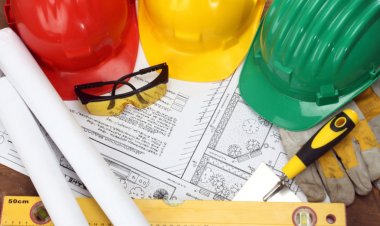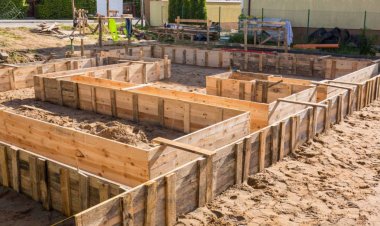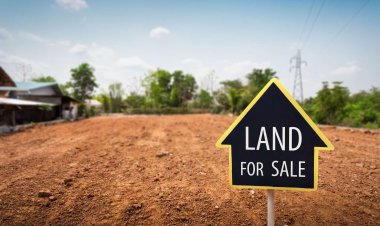Soil Tests in Construction
After the acquisition of a piece of land, most people aspire to build their dream homes and they do it almost immediately. However, before the erection of any structure, there are some crucial factors that need to be considered, among them the budget, soil type, and components among others.

Construction and Soil Testing
In this article, we will look into soil types, components and their importance in construction.
The components and the soil quality can only be determined by taking scientific experiments on the soil. Soil testing is purposely done to determine the structure’s stabilization and the bearing capacity/ability before the establishment of a structure. This helps to eliminate the doubts of the soil to hold the building and it's also important in that it helps understand the chemical and the physical component of the soil.
The quality of soil is determined by factors like the weather, climate change, geographical factors and the previous use of the piece of land. This helps to determine the length and depth of pillars as well as the determination of construction materials. For instance, when the soil has high moisture concentration the use of non-corrosive materials for construction. The test on soil’s physical and components is done by a soil engineer.
Some of the soil tests for construction include the following;
Gravity Test
The ratio between the unit weight of the soil solids and that of water. The density bottle method and the pycnometer methods are commonly used for this test.
Moisture Test
This is done by weighing a sample of soil from the construction site before putting the sample in a combustion oven. After a day the weight is taken again and the difference between the initial weight and the new weight is the moisture content.
Atterberg Limits Test
This is the test that is done on a soil sample to test three limits which are the liquid limit, the plastic limit and the shrinkage limit. Here the sample for use should be fine-grained soil.
Importance of Soil Tests
1. Helps in assessing whether a construction project is viable in a particular location.
2. It helps in assessing the impact a particular soil may have on a structure.
3. Ensures the safety of a project and helps in minimizing the risks of collapsing.

































